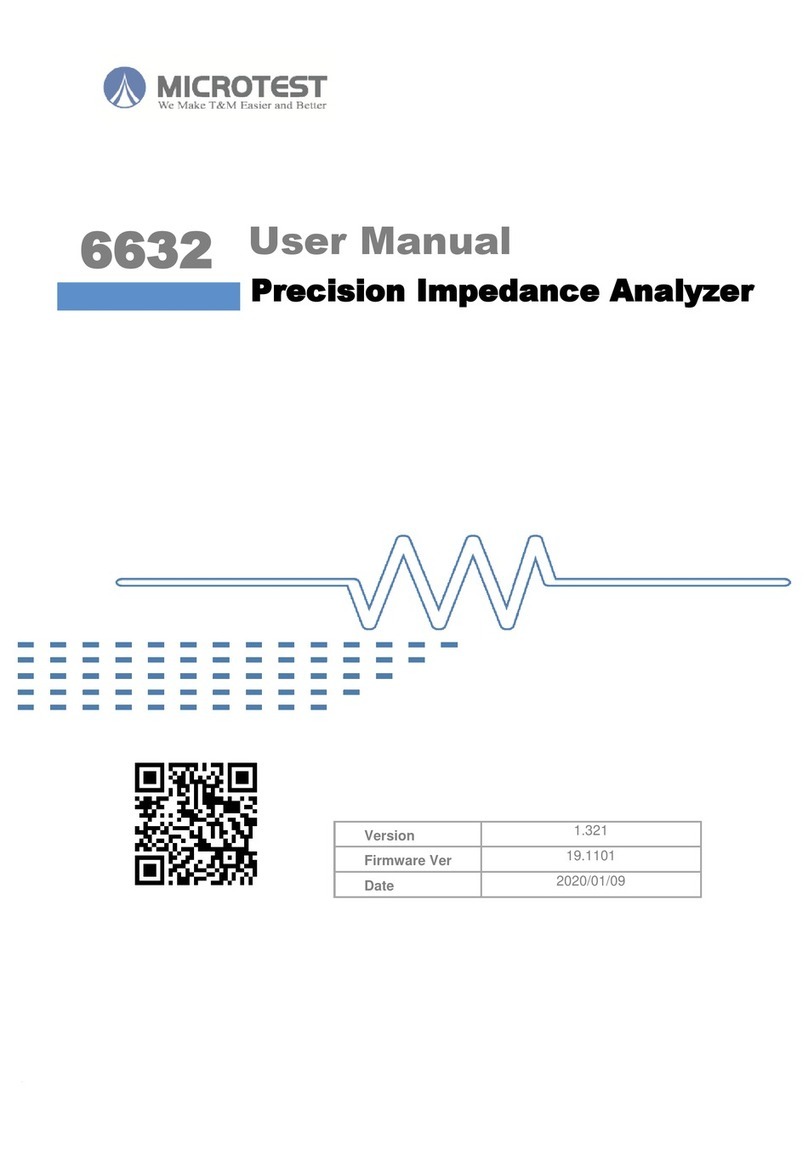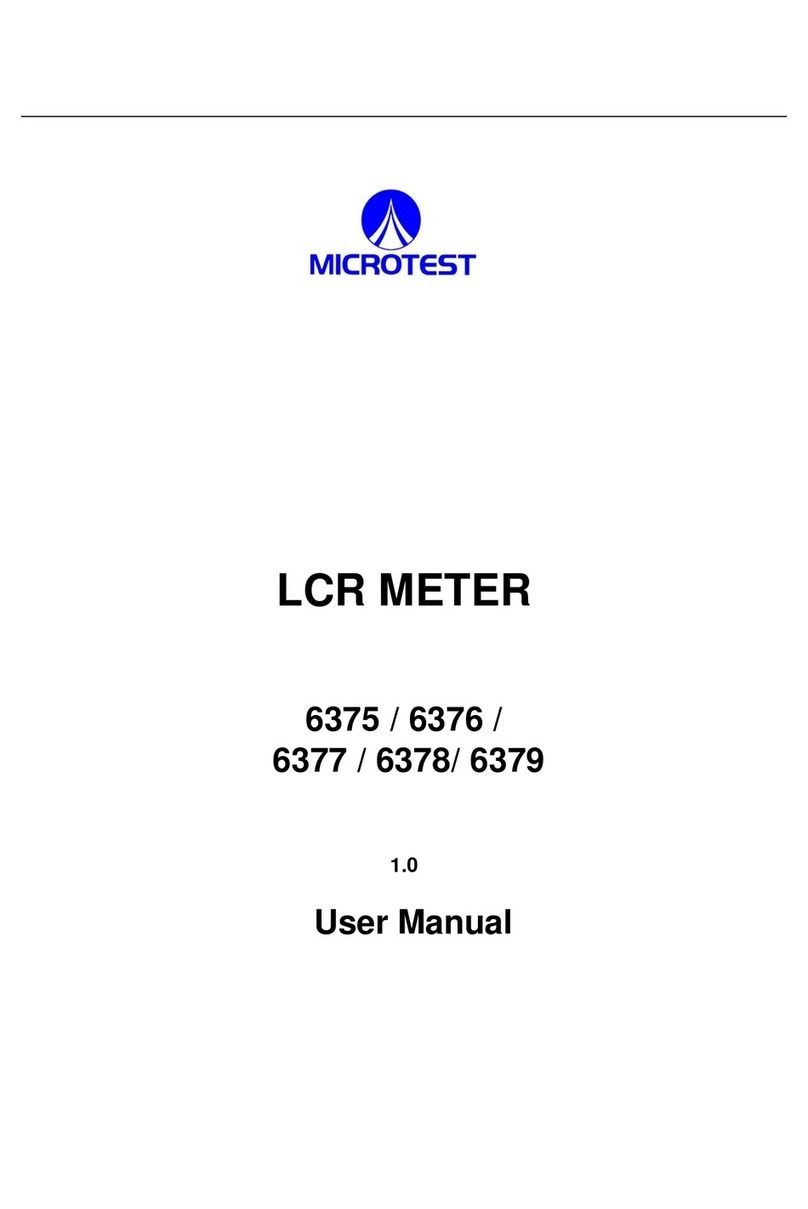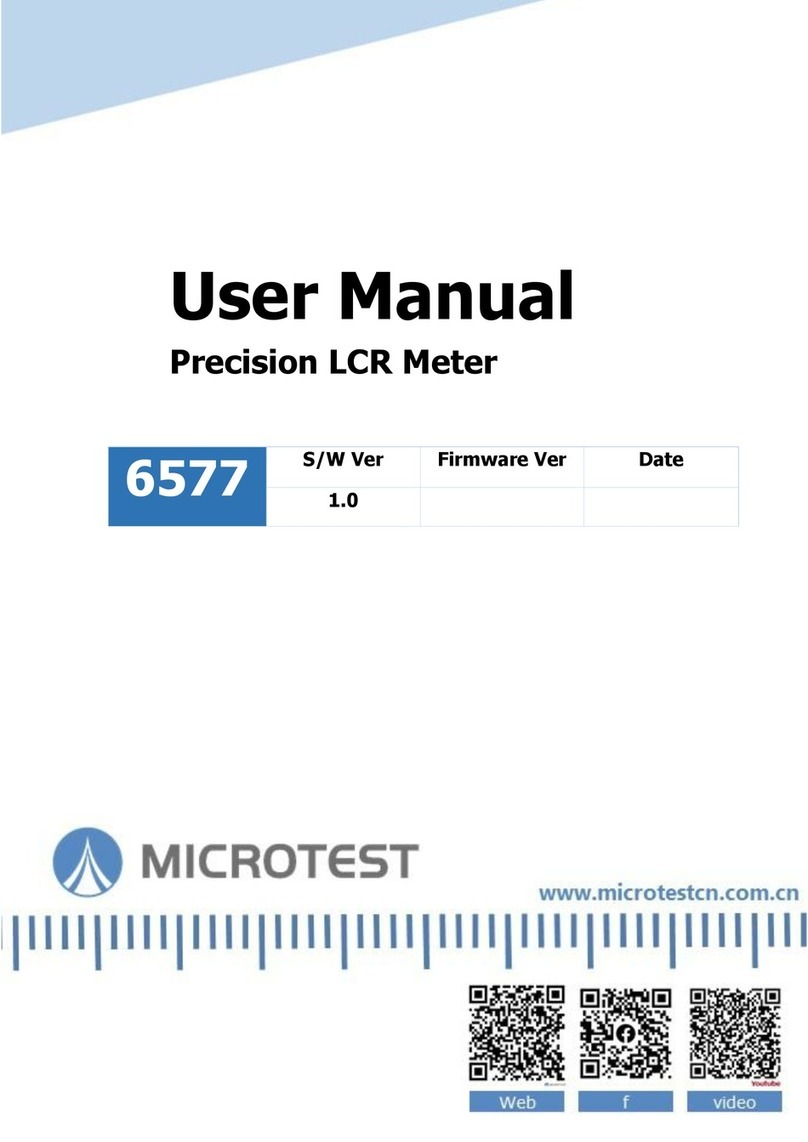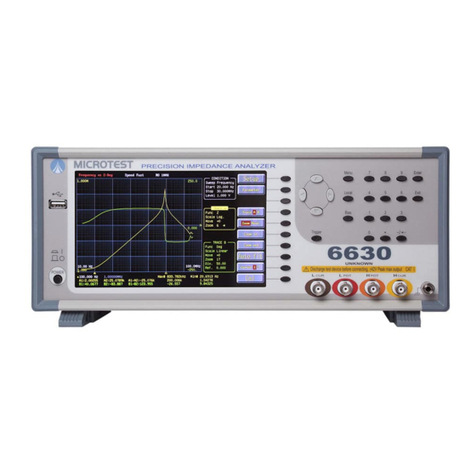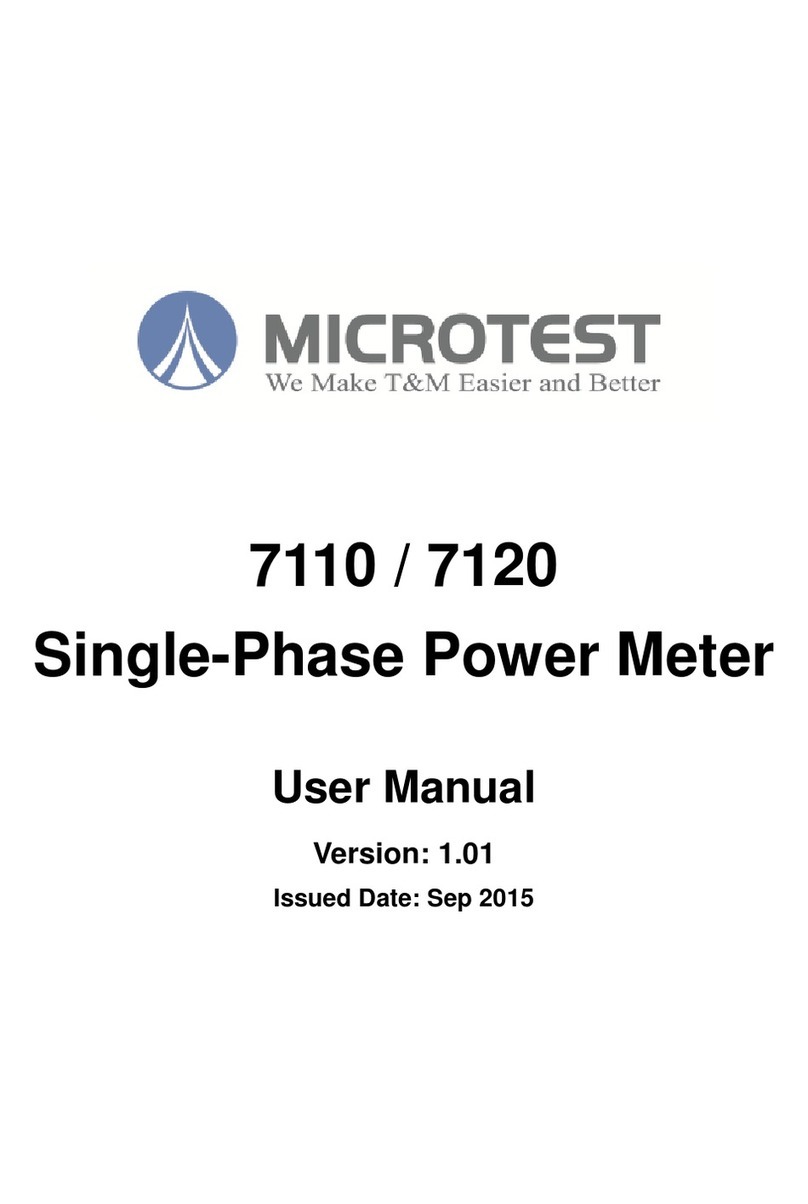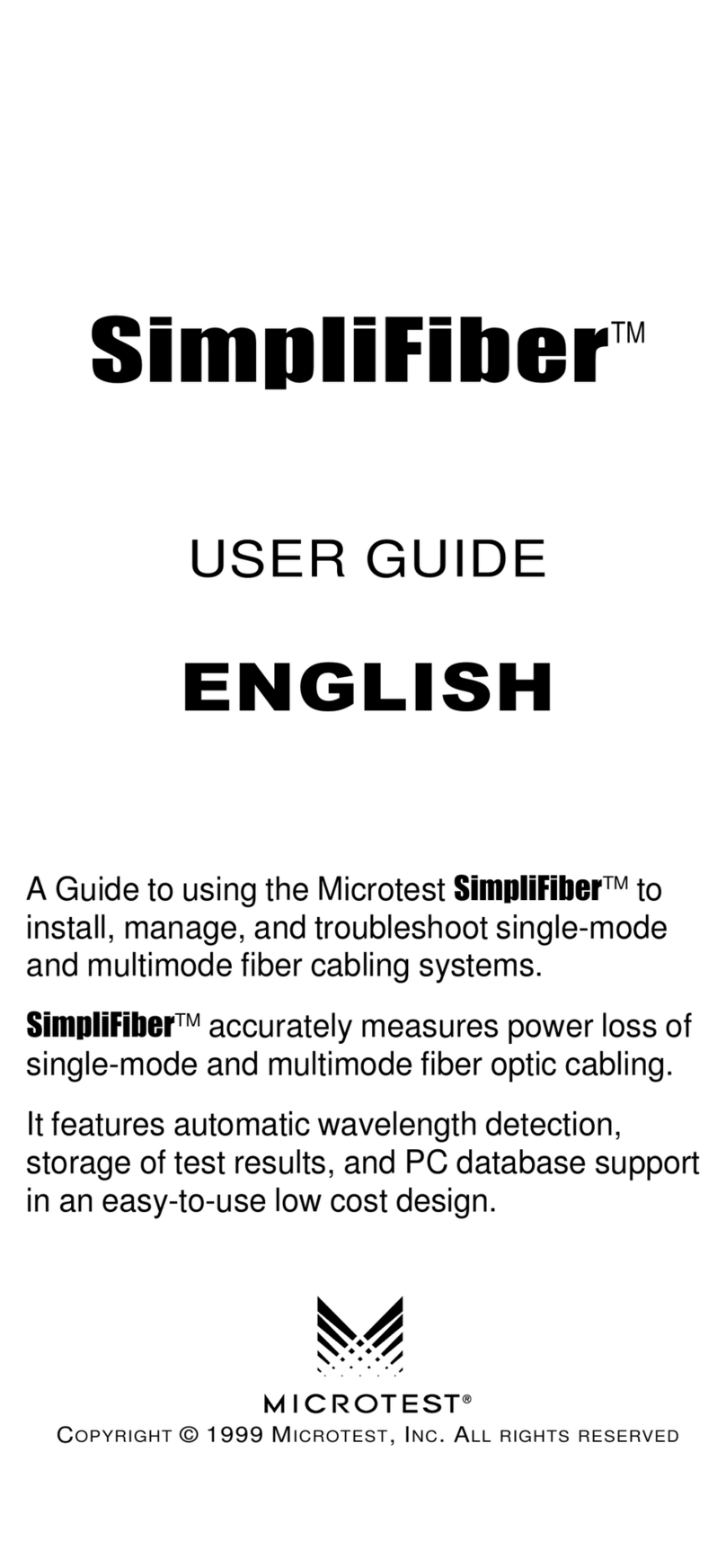3
:FETCH?(for Meter Mode)..................................................................................................48
:FETCH?(for Multi-Step Test Mode) ...................................................................................50
:MEAS:AVER <NR1>............................................................................................................51
:MEAS:AVER?......................................................................................................................51
:MEAS:BEEP <disc>.............................................................................................................51
:MEAS:BEEP?......................................................................................................................51
:MEAS:FREQ <NR3|disc>....................................................................................................52
:MEAS:FREQ?......................................................................................................................52
:MEAS:MODE <disc> ..........................................................................................................52
:MEAS:MODE?....................................................................................................................53
:MEAS:PARA <disc-1>,<disc-2>,<disc-3>,<disc-4> .............................................................53
:MEAS:PARA?......................................................................................................................54
:MEAS:RANG <NR1>...........................................................................................................54
:MEAS:RANG?.....................................................................................................................55
:MEAS:RANG:AUTO............................................................................................................55
:MEAS:RANG:HOLD............................................................................................................55
:MEAS:TIME <disc>.............................................................................................................55
:MEAS:TIME?......................................................................................................................56
:MEAS:TRIG:DEL <NR1>......................................................................................................56
:MEAS:TRIG:DEL? ...............................................................................................................56
:MEAS:TRIG:MODE <disc>..................................................................................................57
:MEAS:TRIG:MODE?...........................................................................................................57
:MEAS:VOLT <NR3|disc>....................................................................................................57
:MEAS:VOLT?......................................................................................................................58
:MEAS:COMP:LOW <NR3|disc> .........................................................................................58
:MEAS:COMP:LOW?...........................................................................................................58
:MEAS:COMP:MODE <disc> ...............................................................................................59
:MEAS:COMP:MODE? ........................................................................................................59
:MEAS:COMP:NOM <NR3|disc> ........................................................................................59
:MEAS:COMP:NOM? ..........................................................................................................60
:MEAS:COMP:PARA <NR1> ................................................................................................60
:MEAS:COMP:PARA? ..........................................................................................................60
:MEAS:COMP:STAT <disc|NR1>..........................................................................................62
:MEAS:COMP:STAT? ...........................................................................................................62
:MEAS:COMP:UPP <NR3> ..................................................................................................62
:MEAS:COMP:UPP? ............................................................................................................63
:MEAS:COUN <disc>...........................................................................................................63
:MEAS:COUN? ....................................................................................................................63
:MEAS:COUN:RES ...............................................................................................................63
:MEAS:COUN:VAL?.............................................................................................................64













